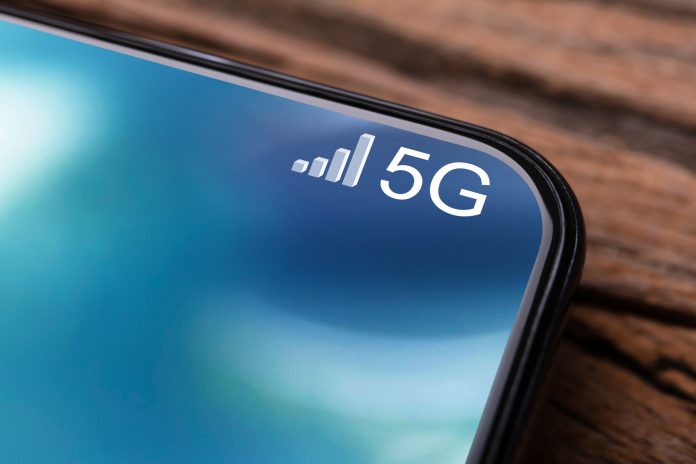In a little-noticed report, the US Patent and Trademark Office (USPTO) concluded that after a multifaceted analysis, it is clear that “no single firm is ‘winning’ the 5G technology race.” Corresponding press releases also affirm that the USPTO’s analysis “supports the finding that the United States remains highly competitive in 5G innovation.”
As the report notes, analyzing the connection between patents and real technological advances is fiendishly difficult, and recent studies have come to varying conclusions. Within the confines of this blog space, here is a run-through of the agency’s analytical framework and some brief outside commentary.
The report identifies six companies as the most active in terms of essential 5G patenting: Ericsson, Huawei, LG, Nokia, Qualcomm, and Samsung. It focuses on each company’s 5G-related patenting over the past decade in so-called “triadic patent families” — meaning “at least one patent application filed with, or patent granted by, each of the USPTO, the European Patent Office, and the Japan Patent office.”
Beyond the overall 5G patenting trends, the report also examines a subset of applications filed between 2010 and 2021 in four critical, 5G-related technological areas: management of local wireless resources; multiple use of transition paths; radio transmission systems; and information error detection or error correction in transmission systems. Using these four criteria, LG and Qualcomm were identified as the most active, followed by Ericsson, Huawei, Nokia, and Samsung.
Once possible deficiency of the report, though not a flawed interpretation, is the fact that it defines technological success in terms of triadic filing quantity. As one analyst notes, this means the report did not account for companies filing disproportionately in their home countries. This relates specifically to Huawei, which, like many Chinese tech companies, files many more patent applications in China than in foreign countries.
Two additional points here: First, though the generalization about Chinese patenting is true, Huawei has consistently plowed 18–20 percent of its profits back into research and development. Second, after being called out for intellectual property theft by Cisco in 2003, the company set out to build a huge cache of defensive patents to protect itself in the ongoing telecommunications patent wars.
On a different note, it would be helpful if someone at the USPTO further mined the analysis to tease out those patents that advance the prospects for the much-anticipated advent of open radio access networks in national markets. In any event, though a very credible contribution, clearly this USPTO report is not the last word on 5G patenting competition as companies are pushing the tech frontiers of 5G (and even 6G) at an ever-increasing pace.
A special thanks to the China Trade Monitor for alerting me to this new analysis.
Originally published by American Enterprise Institute. Republished with permission.












[…] post New Report on 5G Patents: Nobody Is Winning appeared first on Heartland Daily […]
… [Trackback]
[…] Informations on that Topic: heartlanddailynews.com/2022/03/new-report-on-5g-patents-nobody-is-winning/ […]